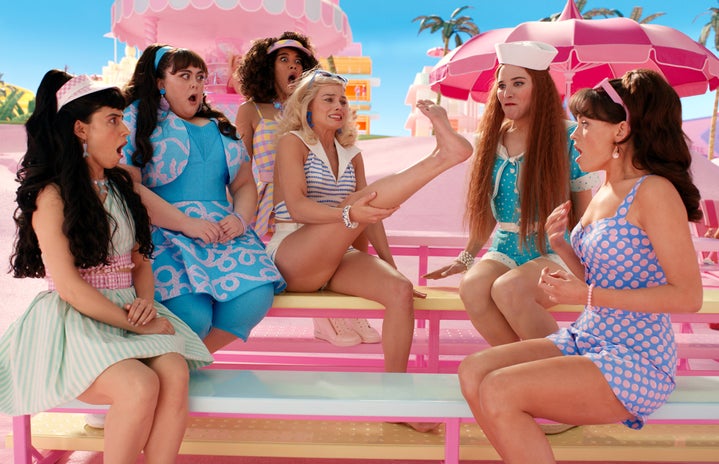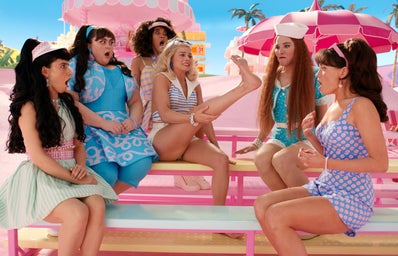
Bechdel-Wallace test:
The Bechdel-Wallace test is not the average No. 2 pencil-to-paper test but a guide that is applied to fictional productions such as movies, books, shows, etc. There are three requirements in order to pass this test: 1) two “named” women must be present, 2) these women must talk to each other, and 3) they must talk to each other about something other than a man. The term was coined by Alison Bechdel in 1985, as a way to measure the lack of female representation and experience on screen. Bechdel, however, credits the idea to a friend, Liz Wallace, and to Virginia Woolf as well, who commented on the inequalities between the majority of female relationships in literature and how their only connection seemed to revolve around a man.
The test sounds easy right? Unfortunately, if you’re not as familiar with it, you may be surprised by the amount of movies that do not meet all three criteria, including movies released today. In a recent study, researchers at the American Psychological Association found that only 49.58% of popular movies pass the Bechdel test, while 95.31%, or almost all movies, pass the reverse test where men talk to each other about something other than women.
While most big pictures this year passed the test, (Barbie, Everything Everywhere All at Once, even Top Gun: Maverick), the test’s criteria truly are the bare minimum, especially when those identifying as women represent half of the population.
Mako Mori Test:
Similar to the Bechdel-Wallace test, the Mako Mori test, named after Mako Mori, a character in the Pacific Rim series, is another media test that follows three different criteria in which a female main character has her own storyline. The criteria include: 1) at least one female character is represented, 2) the female character has her own narrative arc, and 3) the narrative does not support a man’s story. Ironically, the Pacific Rim movies did not pass the Bechdel-Wallace test, but they did incorporate a strong female lead and supporting character into the series.
The difference between the two tests is the depth of the female narratives in fictional portrayals. The Bechdel-Wallace test focuses more on the representation of women in media, without the support of a man, while the Mako Mori test focuses more on the development and impact of a female character’s individuality in the media.
Of course, there are several other tests that follow similar ideas and guidelines in order to draw attention to the representation of women in the media. These tests do not only evaluate the many films and books that we are familiar with or adore, but also can teach us how to be more cognizant of the disparities between sexes in reality too.
After learning about these two tests in a recent lecture, I began to ask myself, “would my own conversations between my female friends pass these tests?” I enjoy talking to my girlfriends about their latest love interests or dating adventures, but now I’ve become extra aware of the conversations we exchange and the connections that have formed our relationships, assuring that the subjects we conversate about have depth and are not centered around a man.
The Bechdel-Wallace and Mako Mori tests may apply to the media, but we can learn something about our own female friendships through the analyses of female narrative arcs in the fictional context as well. The next time you watch a newly released film or rewatch your favorite movie or tv show, I implore you to ask yourself whether it passes either of these tests. For more information on the Bechdel-Wallace test and which movies have already passed, you can visit the Bechdel Movie Test List, and maybe even contribute a movie or show that you’ve identified as passing the criteria to the list too.


